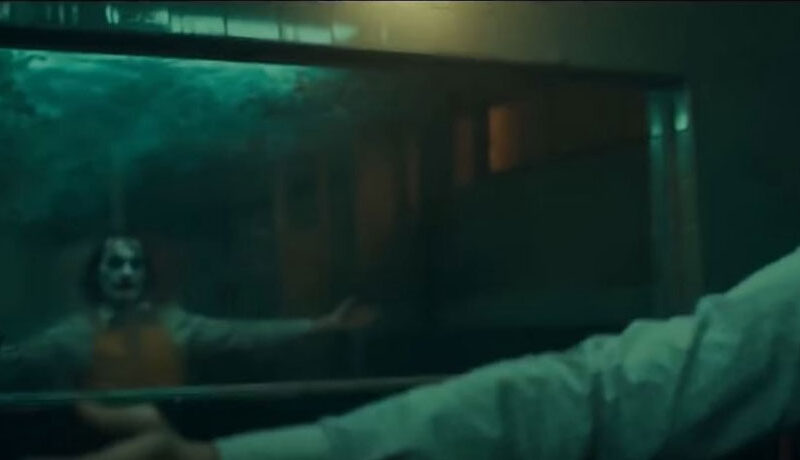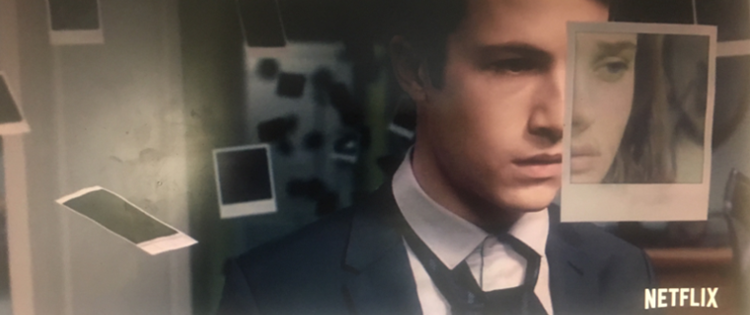Is it okay for a 10th grade English class to read a book that portrays sexual violence?
Is it okay for a 10th grade English class to read a book that portrays sexual violence? https://mediatrics.com/wp-content/themes/corpus/images/empty/thumbnail.jpg 150 150 Mediatrics Mediatrics https://mediatrics.com/wp-content/themes/corpus/images/empty/thumbnail.jpg
Q: A very good English teacher at my children’s high school is having her 10th grade students read a book that’s causing quite a stir: “The House of the Spirits,” by Isabel Allende. The book contains some very graphic descriptions of violence, sex, and sexual abuse. The teacher is using the book as a way to talk about these issues and is even bringing her students to visit a local shelter for victims of domestic violence to learn more, but parents are concerned that portrayals of violence and sex might desensitize their kids or cause other problems. There’s also concern about any children who might have experienced abuse themselves. Will this book cause problems for kids? How should we handle it?
~Heated to Fahrenheit 451, in Virginia
A: Dear Heated,
Desensitization to violence—becoming less sensitive to it and less empathetic toward those who suffer—occurs when media portray unhealthy behaviors like sexual violence solely to entertain, without framing or deeper consideration. It occurs most potently when the violence is coupled with pleasurable feelings, such as comedy or romance, or when it is presented as justified, with the hero using violence to do the “right” thing.
However, when adolescents who have developed the capacity for moral thinking explore violent or sexual content in thoughtful ways, their reactions may be quite different. Critical discussions and real engagement with the issues may help sensitize young people to these issues and help them become more attuned to difficult aspects of human behavior without having to experience them directly.
In this case, it sounds like the teacher is using this book in a powerful and positive way. She is not only engaging thoughtfully with difficult content and discussing the issues in a sensitive and compassionate way, but she’s actually connecting it to issues that are occurring in these students’ community—bringing it home to real people and real problems. Students willalmost certainly be upset by the content, but engaging their empathy may be part of the point. As part of the discussion around this book, students should be given the tools to handle the thoughts and feelings the book elicits in productive ways.
Caution must be taken around the possibility that there are students who may have witnessed or been victimized by abuse themselves. The teacher can let the class know up front that there may be parts that are upsetting or even triggering, and that if discussions become too difficult to handle, students can always leave the room without risking their grades. She should make sure that they know how to access the resources available for those who are victimized and encourage them to look out for each other. She should also develop a safety plan with the school counselor or psychologist and inform the students prior to and throughout this unit that they can talk to the counselor confidentially at any time should fears be triggered or disclosures be made.
Remember that mindful, critical engagement with the content is key to making this a constructive learning experience for the students. Thinking about how media content affects kids is a powerful example of effective parenting in the Digital Age, so kudos for having the conversation!
Enjoy your media and use them wisely,
The Mediatrician®
- Post Tags:
- Media Violence
- Reading & Print Media
- Teens




